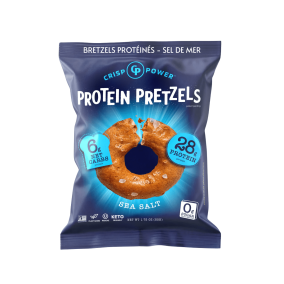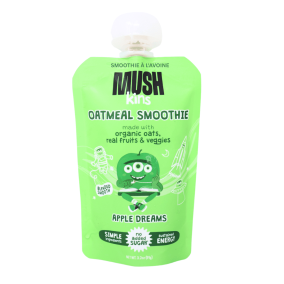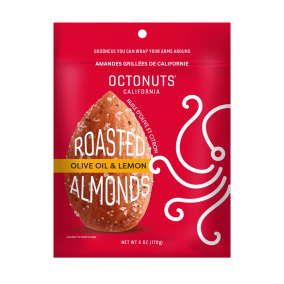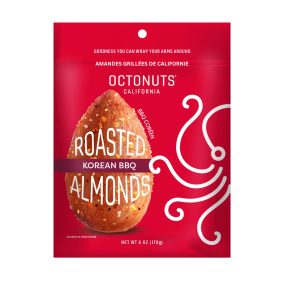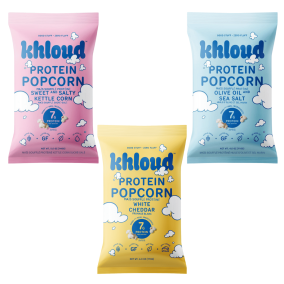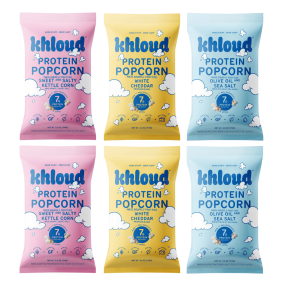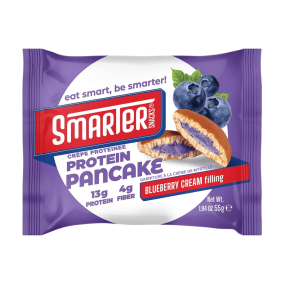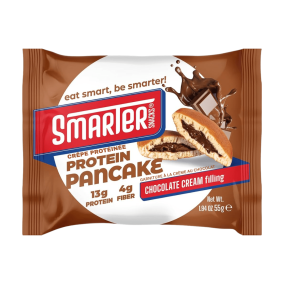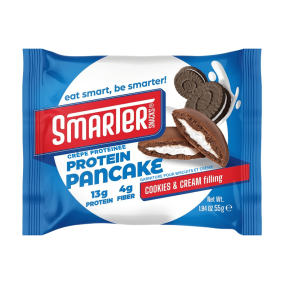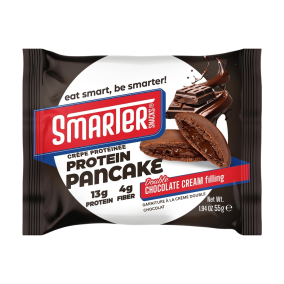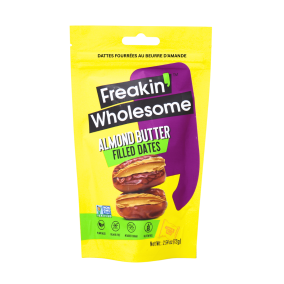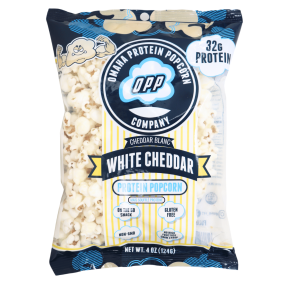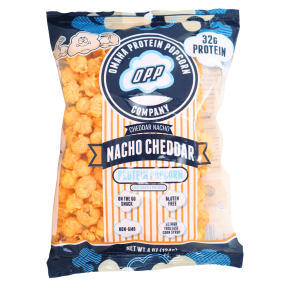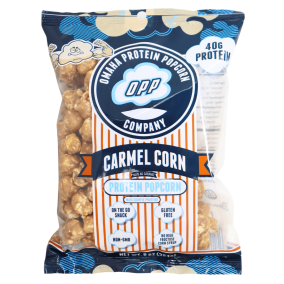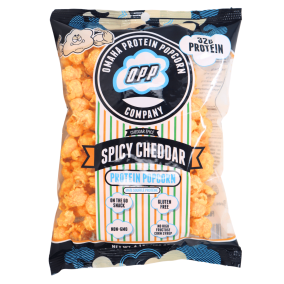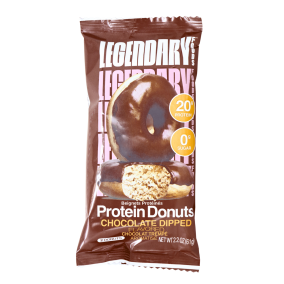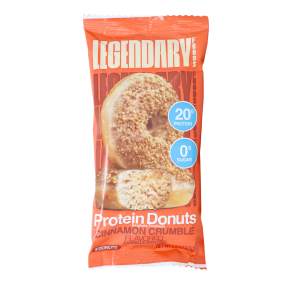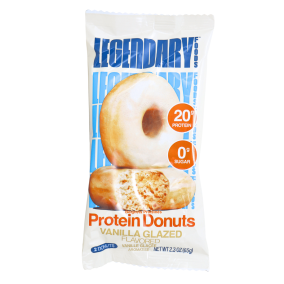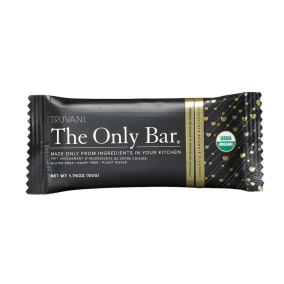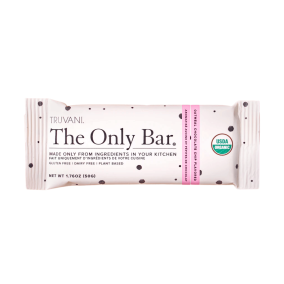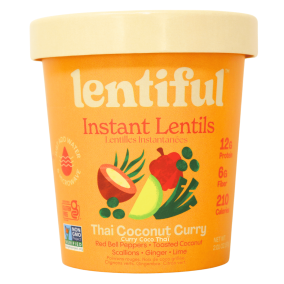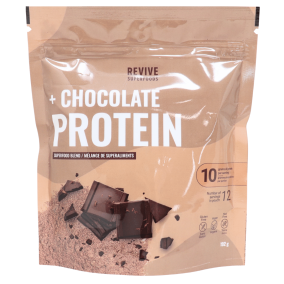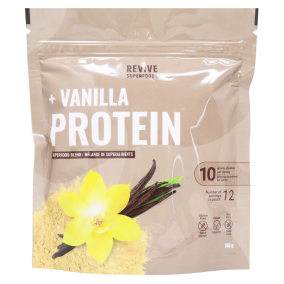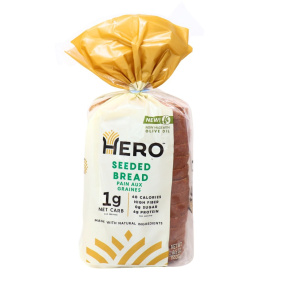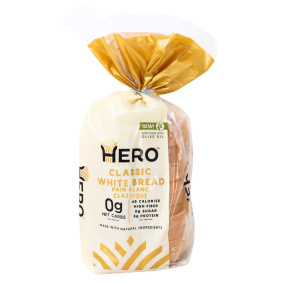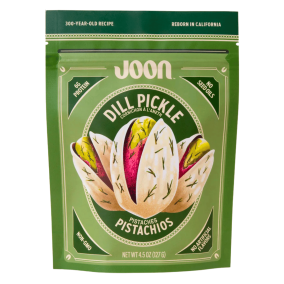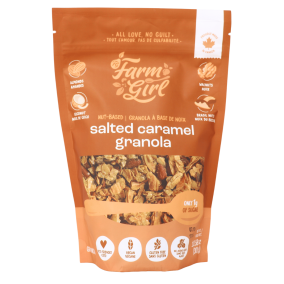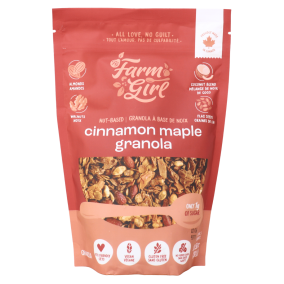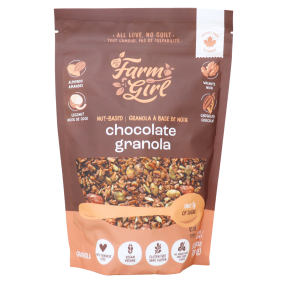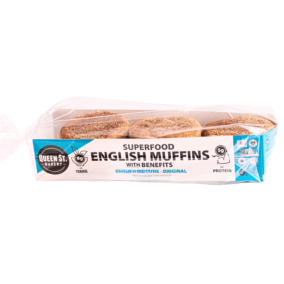High-Fibre
- CA$4.99

- CA$3.49

- CA$8.99

- CA$8.99

- CA$28.47

- Our Price CA$54.09 Retail Price CA$56.94 (Save 5%)

- CA$3.89

- Our Price CA$3.07 Retail Price CA$3.89 (Save 21%)

- Our Price CA$3.50 Retail Price CA$3.89 (Save 10%)

- CA$3.89

- CA$10.99

- CA$15.99

- Our Price CA$14.39 Retail Price CA$15.99 (Save 10%)

- CA$15.99

- Our Price CA$14.39 Retail Price CA$15.99 (Save 10%)

- CA$5.49

- CA$5.49

- CA$5.49

- CA$4.49

- CA$4.49

- CA$6.99

- CA$15.99

- CA$15.99

- CA$15.99

- CA$13.99

- Our Price CA$12.59 Retail Price CA$13.99 (Save 10%)

- CA$13.99

- CA$13.99

- CA$13.99

- CA$7.89

Keep calm and fiber on, because you’ve arrived at the high fibre foods category!
Fibre is a crucial component of our diet and our health that often doesn’t get the attention it deserves. Did you know that the average Canadian consumes about 50% of the recommended amount of fibre per day, which puts their health at risk? It’s true!
Not consuming enough fibre can lead to short/long-term negative effects that could easily be avoided through a proper moderate to high fibre diet! So how do you know if a high fibre diet is right for you? Let’s find out!
So what is fiber in the first place?
Fibre is the non-digestible part of plants! It’s considered a carbohydrate, but it doesn’t add to your calorie or carbohydrate count because your body is unable to absorb it.
There are 2 types of fibre: soluble and insoluble, both of which serve different functions. In general, most foods have a combination of both types of fibre, but some foods may have more of one type than the other.
Soluble Fibre vs. Insoluble Fibre:
Soluble Fibre - dissolves in water creating a gel-like substance. Its main purpose is to add bulk to stool. It also has a great reputation for decreasing cholesterol levels.
Insoluble Fibre - doesn’t dissolve in water, as its main role is to help regulate bowel movements.
But why do we need fiber?
Fibre is necessary for essential life processes and provides long-term benefits to our health! In general, the average healthy adult female needs 25g of fibre per day, and the average healthy adult male requires 38g of fibre per day. Both types of fibre provide different benefits, so it’s essential to consume both for optimal health. Nonetheless, depending on your needs, you may need more of one type than the other.
Hitting your daily fibre target is already a great healthy habit, but if you want to improve your diet even further, you could look into obtaining 25% of your daily fibre from soluble fibre and the rest from insoluble fibre.
Then what are the benefits of fibre?
Consuming fibre may have a variety of benefits which can include:
- Improved Bowel Health - fibre obtains the ability to promote regular and healthy bowel movements. This can then reduce your risk of constipation, diarrhea, bowel cancer, and hemorrhoids.
- Weight Loss - fibrous foods can help you feel fuller for a longer period of time, thus reducing the risk of overconsumption of calories that can cause weight gain.
- Improved Blood Sugar Levels/Diabetes Management & Prevention - since fibre slows the rate of digestion of your food, the sugars found in foods are more slowly and steadily released into your bloodstream. This slow-releasing action prevents any significant sugar spikes/drops from occurring.
- Improved Heart Health - fibre can help lower bad cholesterol levels by binding to the free cholesterol and driving it out of your body. Good levels of cholesterol are essential for proper heart function.
Okay…so what foods contain fibre?
Here is a breakdown of the foods that contain fibre:
Main sources of fibre = fruits, vegetables, legumes, and whole grains.
Foods with more soluble fibre = oats, barley, dry beans, peas, vegetables, and citrus fruits.
Food with more insoluble fibre = nuts + seeds, starchy vegetables, fruits/vegetables with edible peels, and whole-grain carbohydrates (bread, pasta, crackers, rice, and cereals).
You can find bars, cereals, and granolas that are high in fibre here. Or you can even check out snacks that are high in fibre as well! Let’s not forget about different grains + rice and pasta + noodles that are also high in fiber! You can also explore a variety of other options here.
How can I add more fibre to my diet?
Adding more fibre to your diet is easier than you think! Here are some general tips that you can follow:
- Real the food label - look for foods with a % Daily Value (%DV) with a fibre value that is greater than 5%. Any foods that carry a fibre value above 15% (i.e. high in fibre) may require a slow introduction into your diet to avoid experiencing any bloating or distress.
- Read the ingredients list - choose food products with any of the foods mentioned above as the first ingredient.
- Eat fruits and/or vegetables with every meal - having one small serving of fruits and/or vegetables with every meal will effortlessly get you to your fibre goal.
- Eat the peel - most fruits and vegetables carry fibre in their peel. If the peel is edible, leave it on whenever possible.
- Switch to whole grains - switching from white to whole-grain carbohydrates is a low-sacrifice switch that can lead you to your fibre goals.
- Eat more plant-based meals - plant-based meals typically include nuts and legumes, which is a way to increase your fibre intake.
Is a high fibre diet for everyone?
The short answer is no.
Although most individuals could benefit from adding more fibre to their diet, there are some exceptions. Anyone that suffers from any colon-related conditions such as celiac disease, ulcerative colitis, or Crohn's disease to name a few, may be sensitive to fibre. Depending on the condition and the symptoms present, affected individuals will require less or more fibre in their diet.
Always talk to a registered dietitian or a licensed physician before making any changes to your diet.
If you’re looking to increase your fibre intake, then waste no more time! Shop our wide selection of high fibre foods today!



